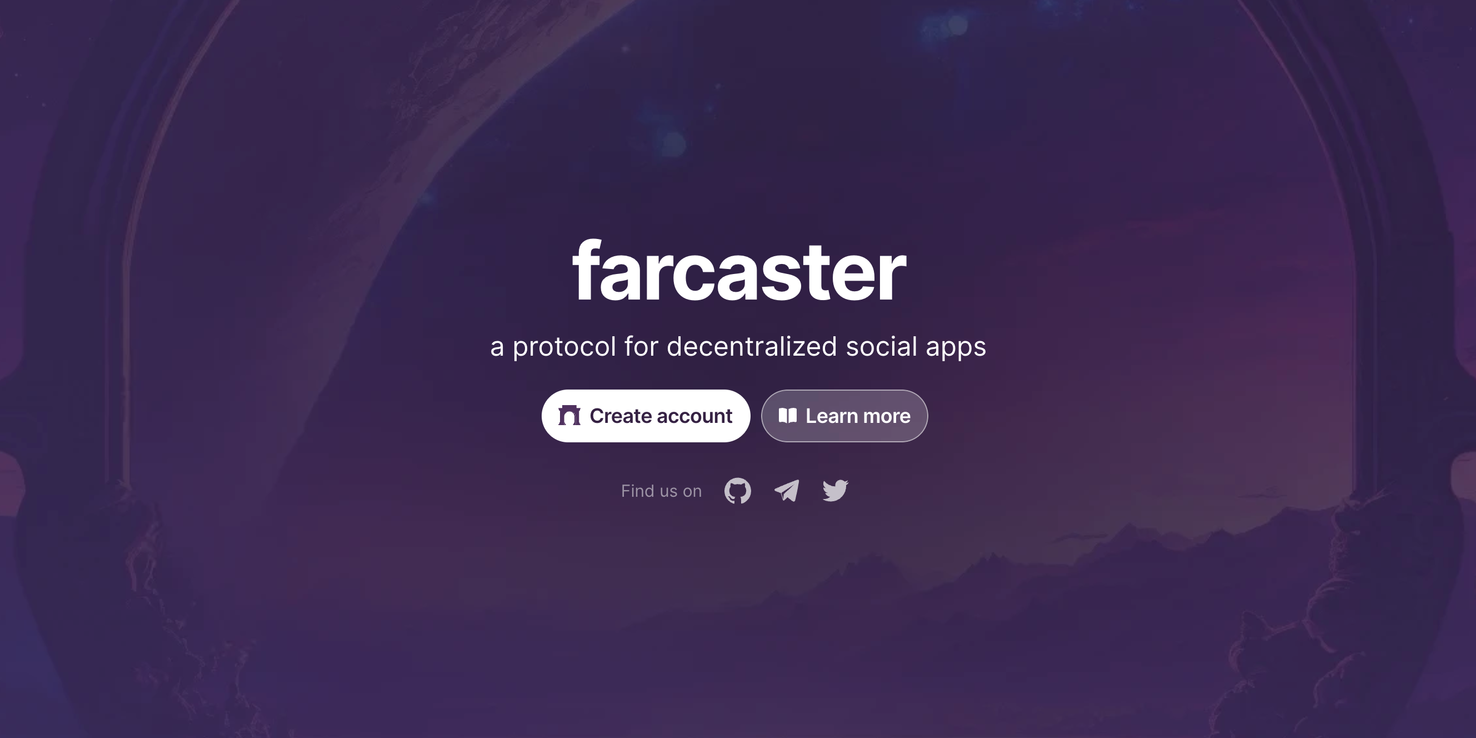Bridging the Digital Divide: The Future of Data
and Onchain Data Accessibility and Rewards

In an era where digital innovation is rapidly transforming the landscape of data management and user interaction, the advent of technologies like Farcaster and its new feature, Frames, signals a pivotal shift toward more decentralized and user-empowered platforms. These advancements are not just enhancing social networking; they are redefining the very fabric of digital engagement and ownership.
Farcaster, a sufficiently decentralized social network, has emerged as a beacon of innovation, distinguishing itself through its commitment to open protocols and extensibility. By separating the protocol layer—responsible for storing user handles, messages, and reactions—from the client layer, Farcaster revives the once-popular concept of customizable clients, allowing developers to create unique front-end experiences atop a shared data foundation. This structure contrasts sharply with the monolithic designs of contemporary social networks, where the protocol and client are inseparably integrated.

The introduction of Frames to the Warpcast community is a testament to the platform's ingenuity. These small, interactive applications embedded directly in user posts offer a versatile canvas for developers. From gaming and polls to blockchain explorers and marketplaces, Frames exemplify the potential for a dynamic, interactive web, seamlessly integrating diverse functionalities directly into the social fabric.
Onchain is the next online
onchain is the next online
— Jesse Pollak (jesse.xyz) 🛡️ (@jessepollak) February 18, 2023
This innovation heralds a significant leap toward realizing the vision of fully integrating onchain and offchain data, offering a glimpse into a future where digital assets and interactions are as fluid and accessible as traditional online content. Imagine a digital ecosystem where data not currently on the blockchain can be as easily managed, verified, and rewarded as those native to the chain. This vision, embodied by emerging platforms and technologies, represents the next frontier in digital ownership and user empowerment.
The concept of leveraging onchain data to provide access and rewards has been gaining traction, yet the integration of offchain data into this paradigm remains a challenge. The potential for technologies like Frames to bridge this gap cannot be overstated. By enabling interactive, blockchain-based applications within a decentralized social network, Frames offer a powerful tool for bringing the richness of offchain data onto the blockchain, unlocking new opportunities for user engagement and monetization.
In this evolving landscape, initiatives akin to the vision behind intori—though still in development—highlight the growing demand for solutions that empower users with control over their digital identities and assets. As these technologies mature, they pave the way for a more inclusive, decentralized digital economy, where the value derived from personal data is returned to the individuals who generate it.
Crossing the chasm
The fusion of offchain data with onchain applications marks a pivotal evolution in blockchain's journey towards mainstream adoption. This integration significantly broadens the utility and appeal of blockchain technology, reaching beyond the early adopters to address the practical concerns of the early majority. Issues such as data privacy, ownership, and the potential for monetization become central, making the technology far more relevant and attractive to a wider audience.
By bridging this digital divide, we're not just crossing the chasm between early adoption and mainstream acceptance; we're laying down the infrastructure for a future where blockchain technology is an integral part of daily life, empowering users across the globe.
The journey is just beginning. As we stand on the cusp of this transformative era, the collaborative efforts of developers, innovators, and communities will be crucial in shaping a future where digital ownership and empowerment are not just ideals but realities for all.
While platforms like Farcaster and features like Frames push the boundaries of what's possible, they also serve as a call to action for the broader tech community. Together, we can build a digital ecosystem that respects user autonomy, rewards participation, and fosters innovation, ensuring that the digital future we're creating is one where everyone can thrive.